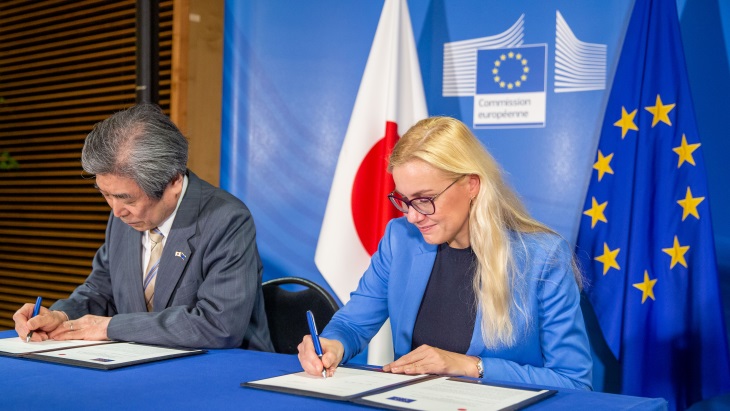Meaning 'the way' in Latin, Iter is a collaboration of 35 nations to build the world's largest tokamak, a magnetic fusion device that has been designed to prove the feasibility of fusion as a large-scale and carbon-free source of energy based on the same principle that powers the Sun and stars. Established in 2007, through the signature of the Broader Approach Agreement by Euratom and Japan, these activities aim to complement the Iter project and to address the scientific and engineering challenges related to building a commercial fusion power plant.
The European Commission said the new declaration launches a second phase of activities, focused on exploiting the facilities that have already been built and on working closely with Iter as the latter enters its assembly phase. In practice, the work is carried out by the two implementing agencies: Fusion for Energy for Europe, and the National Institutes for Quantum and Radiological Science and Technology for Japan.
One of the Broader Approach activities is the Satellite Tokamak Project, or JT-60SA, in Naka, Ibaraki Prefecture. At about 12 metres across, JT-60SA is about half the size of Iter, but it will be the largest tokamak in the world before Iter begins operation.
As the tokamak closest in design to Iter, JT-60SA will perform modelling to help scientists prepare as much as possible for the beginning of its operation. Once Iter is running, however, the focus of JT-60SA's research is likely to shift towards preparation for the following generation of fusion reactors focusing on the demonstration and optimisation of steady-state operation of advanced plasma configurations.







_53514_33880.jpg)






